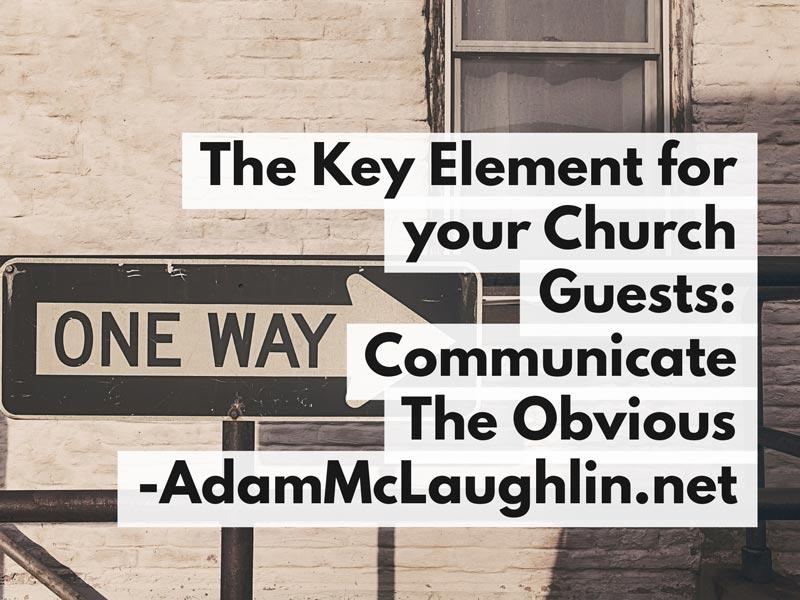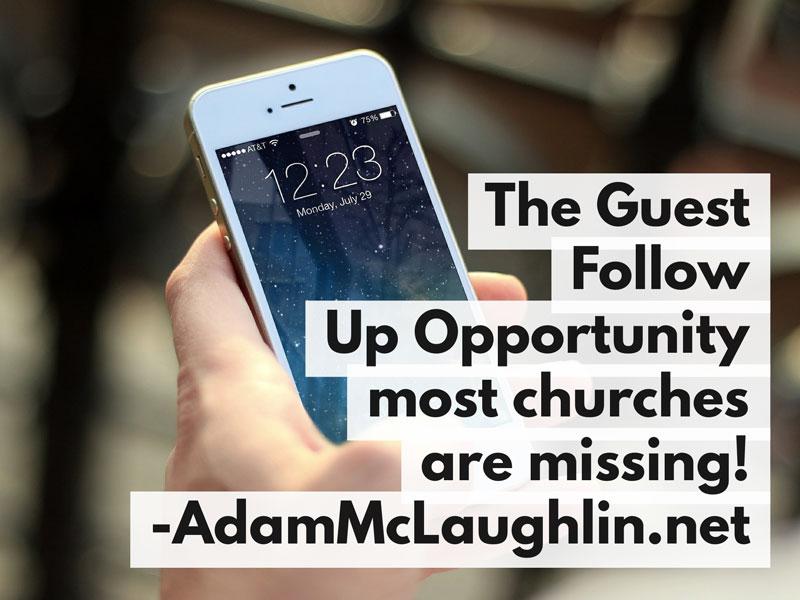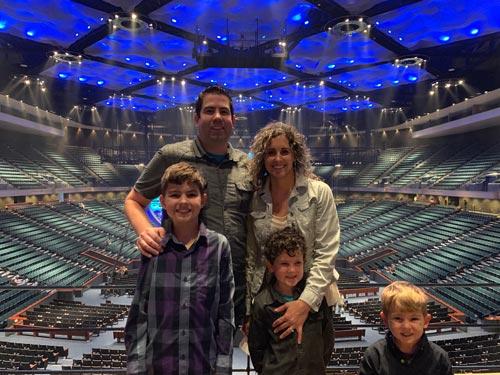
Not only is Lakewood the largest physical church building in North America, but also one of the original “mega-churches” (defined as having more than 2000 members in attendance by this definition.)
(We took some photos ourselves while there, but through the article are a few that I requested from the Lakewood team. Thanks guys!)
Often I might think of rapidly growing churches as the newest, trendiest, less than 20 years old, but Lakewood breaks a lot of the moulds – a church started 60 years ago by John Osteen and now passed onto Joel Osteen, his son.
Enough of a history lesson. To say we were overwhelmed by the size would be an understatement, but the building is setup in a way that makes it easy to get where you need to go. The current Lakewood Church building was formerly the Houston Rockets stadium, so you can imagine walking in at ground level, and then the auditorium itself is sunk down to allow for multiple tiers seating 16,000 people.
Let’s be honest. I was also curious about things that I’ve heard about Lakewood church – I wouldn’t say skeptical, but definitely curious.
First-time Guest Experience
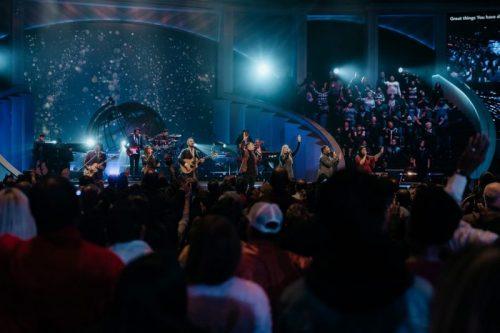
Classrooms were divided up into multiple groups of the same ages, so even though there were hundreds (might even guess thousands) of kids that were participating over the 2 morning services, our 3 boys each had a classroom experience with all of the kids in their age group, then went to small groups for the second half of service.
Signage was a big deal – it matters for any church size – but especially when considering the size of the building.
Each door to the sanctuary was labeled with a section number, so finding our way back through the right door was a simple way to get back to the kids classrooms, plus there were guest service volunteers almost everywhere saying hi and helping us find where we’re going.
How Lakewood Church breaks the mega church stereotypes:
Here are a few things that I found counter-culture to what seems like the “norm” in large churches. (and thanks to a tour from my friend, Justin Bracket who oversees their digital communications, I was able to learn more than the average guest.)
- While many rapidly-growing churches are going to multiple campuses – some with multiple campuses in an area, some spread far and wide, Pastor Joel Osteen isn’t interested in expanding to additional campuses. Lakewood’s growth strategy is based on adding more services at their current location. The weekend we were there, they were expecting between 30,000 to 32,000 people (between 2 morning services, a Spanish afternoon service and an evening service).
Joel Osteen sat on the front row during service, and during the designated prayer time during service, he was on the floor in front of the stage praying with people who requested it, along with a team of people for each section. This may not seem like a big deal, but we’ve been to churches where the speaker walks out from a green room and leaves back offstage when he’s done speaking to never be seen.
- After service, Joel Osteen spends time meeting people in a designated spot in the foyer. With the number of people in attendance, this had to be done in an organized way, but with a clearly designated meeting space, he was greeting people and taking selfies with them.
- Unlike many models of growing churches, that are moving toward a condensed service, the service was almost 2 hours long. Lakewood had extended worship music time, a time when a family shared a testimony, an offering message, designated prayer time during service, a “ted-talk” like devotional, more worship, then Joel Osteen’s full message.
- Announcements were mentioned through the service at times when the topic was relevant to other things going on – not a video or “announcement time”. During the family’s testimony, they mentioned that the son had recently come back to God and was now leading a small group, so you can also lead a small group by signing up on the app, for example.
- The Auditorium is referred to on all signs as the “Sanctuary.” I’m not offering an opinion in this blog post, but it’s a more traditional term than would typically be used for a mega church.

Lakewood Church in Houston, Texas is rapidly growing, but breaking the “mega church” mould with tradition.
Have you visited Lakewood? I’d love to hear about your experience in the comments.
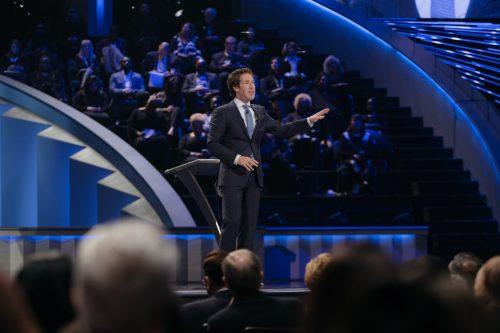 Joel Osteen sat on the front row during service, and during the designated prayer time during service, he was on the floor in front of the stage praying with people who requested it, along with a team of people for each section. This may not seem like a big deal, but we’ve been to churches where the speaker walks out from a green room and leaves back offstage when he’s done speaking to never be seen.
Joel Osteen sat on the front row during service, and during the designated prayer time during service, he was on the floor in front of the stage praying with people who requested it, along with a team of people for each section. This may not seem like a big deal, but we’ve been to churches where the speaker walks out from a green room and leaves back offstage when he’s done speaking to never be seen.